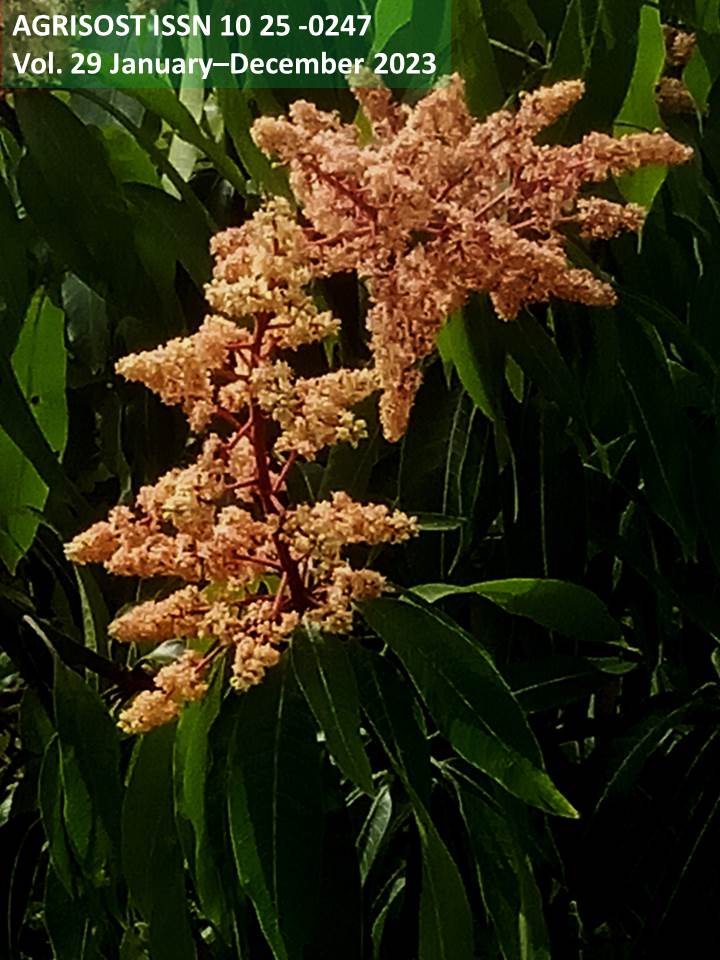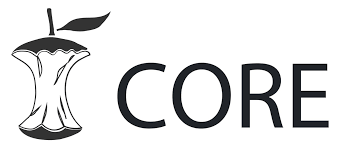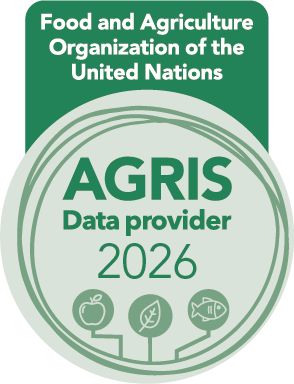The preparation of students for aquaculture activity from the Faculty of Natural Sciences at the University of Namibe
DOI:
https://doi.org/10.5281/zenodo.10844508Keywords:
climate change, environment, higher education, sustainable development, water mirrorAbstract
Context: In the midst of a complex environmental situation where the impact of climate change is notorious at a global level, aquaculture activity constitutes an important source of food production and an opportunity for the sustainable management of coastal marine resources. Hence the need to contribute from university processes to the preparation of students for the proper management of coastal marine resources and aquaculture activity from a sustainable perspective in the context of climate change in Namibe, Angola.
Objective: Propose actions for the treatment of aquaculture from the university training processes in the careers that are studied in the Faculty of Natural Sciences, at the University of Namibe.
Methods: Consequently, with the qualitative methodology of social research, methods and techniques such as analysis-synthesis, inductive - deductive and documentary analysis were applied, during the processing of the information derived from the bibliographic study related to aquaculture and its treatment from the processes of university training.
Results: Ten actions were proposed, in the undergraduate and postgraduate, science, technical, innovation and university extension processes, from an integrating and multidisciplinary perspective that allow the link with the social actors for the treatment of key issues during the aquaculture production process.
Conclusions: The proposed actions constitute challenges from the methodological scientific work that is carried out in the groups of disciplines and subject preparations in the Faculty of Natural Sciences of the University of Namibe, to contribute to increase the preparation of the student body in aquaculture from the theory link - practice and use of geographic information systems.
Downloads
References
CEDRSSA (2015). Reporte del CEDRSSA. La acuacultura. http://www.cedrssa.gob.mx/files/b/13/8126La%20acuacultura.pdf
CEPAL. (2018). La Agenda 2030 y los Objetivos de Desarrollo Sostenible: una oportunidad para América Latina y el Caribe. Organización de Naciones Unidas. https://repositorio.cepal.org/bitstream/handle/11362/40155/24/S1801141_es.pdf
Cerozi, B. S., Arlotta, C. G., & Richardson, M. L. (2022). Fish Effluent as a Source of Water and Nutrients for Sustainable Urban Agriculture. Agriculture, 12(12), 1975. https://doi.org/10.3390/agriculture12121975
Chiu, M. C., Yan, W. M., Bhat, S. A., & Huang, N. F. (2022). Development of smart aquaculture farm management system using IoT and AI-based surrogate models. Journal of Agriculture and Food Research, 9, 100357. https://doi.org/10.1016/j.jafr.2022.100357
FAO. (2021). The impact of COVID-19 on fisheries and aquaculture food systems, possible responses: Information paper, November 2020. Rome. https://doi.org/10.4060/cb2537en
FAO. (2022). Versión resumida de El estado mundial de la pesca y la acuicultura 2022. Hacia la transformación azul. FAO. https://doi.org/10.4060/cc0463es
Liu, H. F., Liu, Y., Gui, F., Sun, H., & Zhao, Y. P. (2023). Quantitative evaluation on the suitable flow region inside the shielding device of submersible aquaculture facility. Ocean Engineering, 267, 113270. https://doi.org/10.1016/j.oceaneng.2022.113270
Ma, L., Conradie, S. R., Crawford, C. L., Gardner, A. S., Kearney, M. R., Maclean, I. M. D., … Wilcove, D. S. (2023). Global patterns of climate change impacts on desert bird communities. Nature Communications, 14(1), 1–10. https://doi.org/10.1038/s41467-023-35814-8
Ministério da Agricultura (2008). Lei de Base do Desenvolvimento Agrário, Lei n.º 15/05 de 7 de Dezembro. República de Angola. http://www.saflii.org/ao/legis/num_act/ldbdda311.pdf
Ruiz-Chico, J., Biedma-Ferrer, J.M., Peña-Sánchez, A. R., & Jiménez-García, M. (2020). Social Acceptance of Aquaculture in Spain: An Instrument to Achieve Sustainability for Society. Int. J. Environ. Res. Public Health, 17(18), 6628. https://doi.org/10.3390/ijerph17186628
Sumaila, U. R., Pierruci, A., Oyinlola, M. A., Cannas, R., Froese, R., Glaser, S., Jacquet, J., Kaiser, B. A., Issifu, I., Micheli, F., Naylor, R. L., & Pauly, D. (2022). Aquaculture over-optimism? Frontiers in Marine Science, 9: 984354 https://doi.org/10.3389/fmars.2022.984354
URUGUAY. Dirección Nacional de Recursos Acuáticos. (2010). Manual básico de Piscicultura en estanques. Montevideo, DINARA-FAO. https://www.gub.uy/ministerio-ganaderia-agricultura-pesca/sites/ministerio-ganaderia-agricultura-pesca/files/documentos/publicaciones/manual_piscicultura_estanques.pdf
Valdes Vaillant, Y. de la C., Mejías Palmero, J., Corrales Barrios, Y., López Rodríguez, M. R., Hernández Sariego, T., Arenal Cruz, A., & Bossier, P. (2020). Efecto de prebióticos y probióticos en la expresión y actividad de fenoloxidasa en camarones Penaeus: Meta-análisis. Agrisost, 26(3), 1-16. https://doi.org/10.5281/zenodo.7963174
Wang, Q., Rossignoli, C. M., Dompreh, E. B., Su, J., Ali, S. A., Karim, M., & Gasparatos, A. (2023). Sustainable intensification of small-scale aquaculture production in Myanmar through diversification and better management practices. Environmental Research Letters, 18(1). https://doi.org/10.1088/1748-9326/acab16
Downloads
Published
Issue
Section
License
Copyright (c) 2023 Ana Paula Sarmento do Santos, Ubaldo Jorge Augusto de Filipe André, Onelis Portuondo Savón, Mayelin Pérez Benitez, Yunior Ramón Velázquez Labrada

This work is licensed under a Creative Commons Attribution-NonCommercial-NoDerivatives 4.0 International License.
You are free to:
- Share — copy and redistribute the material in any medium or format
- The licensor cannot revoke these freedoms as long as you follow the license terms.
Under the following terms:
- Attribution — You must give appropriate credit , provide a link to the license, and indicate if changes were made . You may do so in any reasonable manner, but not in any way that suggests the licensor endorses you or your use.
- NonCommercial — You may not use the material for commercial purposes .
- NoDerivatives — If you remix, transform, or build upon the material, you may not distribute the modified material.
- No additional restrictions — You may not apply legal terms or technological measures that legally restrict others from doing anything the license permits.







